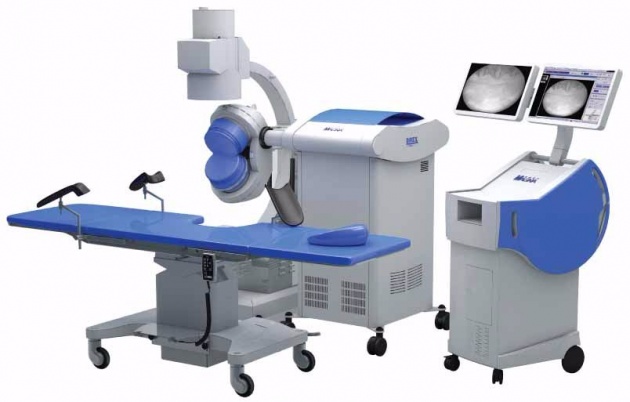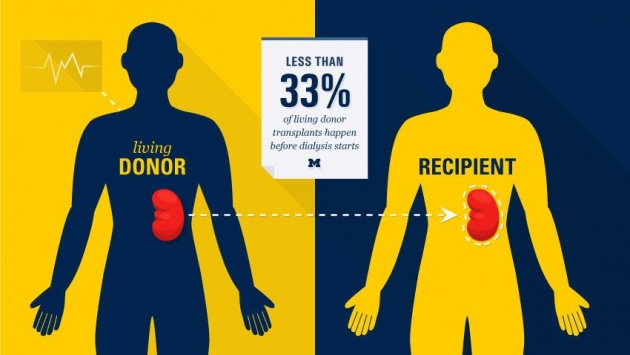
Image source google.com
Unusual situations may arise in the function of the kidney by factors origin within kidney or outside. These cause serious kidney diseases Kidney Stones: Stony materials are found in the kidney and these cause urinary obstruction and are generally complicated by infections. These stones have spec chemical nature. These are formed in metabolic disease, hypercalcemia i.e. high level circulating calcium in blood because of other diseases Hyperoxaluria. The higher blood level of oxalates is another contributing factor in the formation of calcium oxalate stones. Oxalates are present in green veg S and tomatoes, therefore, may be the source of hyperoxaluria The incidence of calcium oxalate type stones are 70% of all the kidney Stones. The incidence of other types of stones of calcium phosphate and of uric acid is 15% and 10% respectively. These salts are precipitated out during urine formation and accumulate later to form stone.
Video By youtube
Lithotripsy:
The kidney stones have been removed by kidney surgery. Presently lithotripsy is used for non-surgical removal of kidney stone. It is the technique used to break up stones that form in the kidney, ureter or gall bladder. There are several ways do it, although the most common are extracorporeal shock wave lithotripsy. High concentrations of X-ray or ultrasound are directed from a machine outside the body to stone inside. The shock waves break the stone into tiny pieces or into the sand, which passed out of the body in urine. Renal Failure: Various factors of pathological and chemical nature may progress destroy the nephron, particularly its glomerular part. his results in the increase in plasma level of urea and other nitrogenous wastes. The rise in urea causes complicated of increase in blood pressure and anaemia etc.

Image source google.com
Dialysis
In chronic renal failure, the function of the kidney is completely lost an unable to remove nitrogenous waste.
To remove nitrogenous waste, particularly the blood of the patient is treated with dialysis. It cleans the blood either bypass through an artificial kidney or by filtering it within the abdomen. The wastes and e water are removed during the treatment as is done by the healthy kidneys There are two types of dialysis: hemodialysis and peritoneal di Hemodialysis means"cleaning the blood'. In this procedure, blood has circulated the machine which contains a dialyzer also called an artificial kidney Dialyzer h spaces separated by the thin membrane. Blood passes from one side of the membrane dialysis fluid on the other. The wastes and excess water pass from the blood through the membrane into the dialysis fluid.

Image source google.com
Peritoneal dialysis work on the same principle except for that abdomne peritoneal cavity, lined by a thin epithelium called peritoneum. Peritoneal filled with dialysis fluid that enters the body through a catheter. Excess water and pass through the peritoneum into the dialysis fluid. This process is repeated seven a day. A dialyzer is a kidney machine that works on the same principle as in for removal of nitrogenous wastes and excess water from the blood. It is u kidney failure and dialysis is done again and again until a matching donor's k transplanted.
Kidney Transplant:
Dialysis may be used as a temporary measure. In high deg failure also called as uremia or end-stage renal disease, the dialysis can not for as thus the surgical transplantation of a matching donor kidney is only the permanent treatment.

Image source google.com



